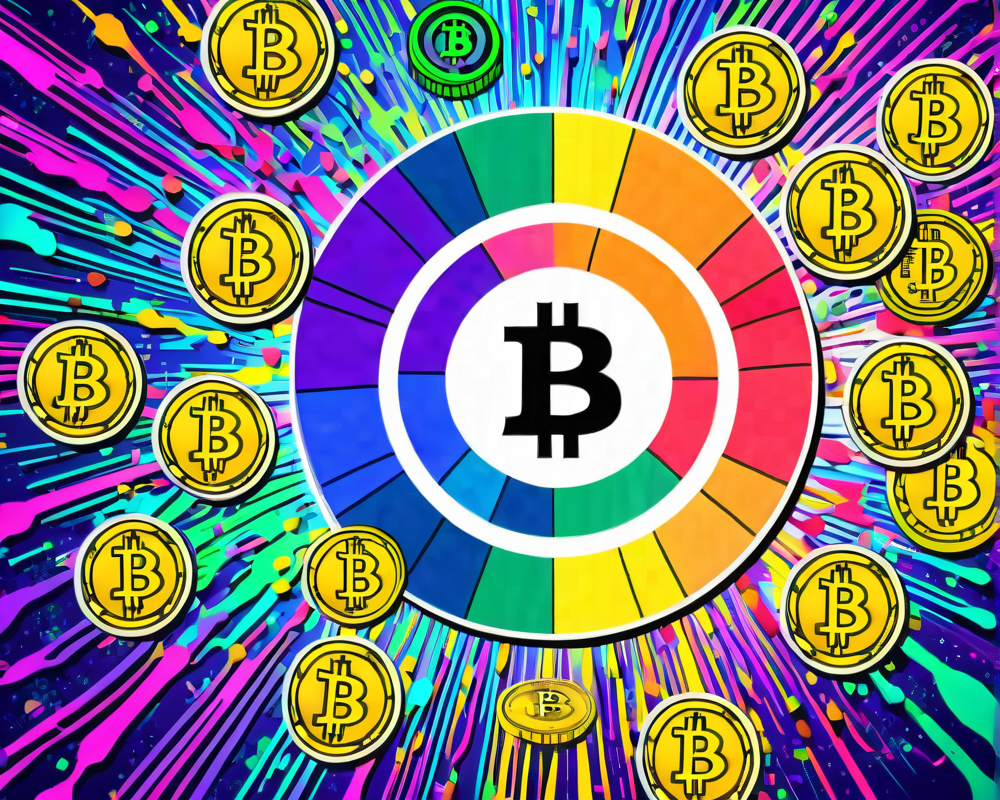Understanding the Centralized vs. Decentralized Dichotomy
In the cryptoverse, the terms centralized finance (CeFi) and decentralized finance (DeFi) have been bouncing around like a hyperactive ping pong ball. They have their own unique definitions, but they’ve also begun to entwine in more ways than one. For instance, Eric Turner, vice president of market intelligence at Messari, defines CeFi as centralized exchanges and platforms providing custody and lending services—like a comfy couch where users can sit and chill in the finance world, instead of the rocky ground of DeFi’s wild western cafe.
The On-Ramp to Crypto for the Next Billion
Turner emphasizes the importance of CeFi in ushering in “the next billion users” into the cryptocurrency realm. It’s the bridge that allows fiat currency to transition into the ever-evolving world of crypto. Imagine it as a well-catered buffet for larger professional investors. They don’t just want syrupy pancakes; they want assurance that their investments won’t vanish like a magician’s rabbit.
CeFi’s Role in Bachelor’s Degree Level Investing
Institutions are still attempting to grasp the fundamentals of cryptocurrency. Centralized finance tends to serve as an entry point for investment firms more accustomed to traditional, regulated frameworks. For them, caring about security is like caring about your unicycle skills while juggling flaming torches—essential for any show.
Tokenization: The Game Changer
As we gaze into the crystal ball of finance, the tokenization of assets emerges as a significant player. Joaquin Sastre from BitGo mentions that tokenizing financial assets, such as real estate, is a clear “no-brainer.” This innovation has the potential to create a global marketplace that operates 24/7, allowing everyday people to participate in investment opportunities previously reserved for the elite. If you’ve ever dreamed of owning a piece of a downtown skyscraper, your time may be just around the corner!
Regulatory Considerations: Keeping the Financial Show Running
Regulations may seem like an annoying speed bump—who likes them anyway? But as the crypto world learned from the dazzling crash of prominent CeFi participants, such as FTX, regulations can act as social responsibility guards. Sastre urges that implementing a segregation of duties and utilizing regulated fiduciaries could keep the financial circus on track.
The Need for Open Dialogue with Regulators
Turner reinforces that the crypto community should engage actively with regulators. If we can demystify how on-ramps and off-ramps function, it might just lead to a productive dialogue and pave the way for healthier interaction between users and services. Building this understanding is like teaching a toddler the importance of not pushing the red button on a space shuttle—critical for future exploration!
Conclusion: An Interdependent Future Awaits
As CeFi and DeFi continue to develop side by side, the relationship may evolve into something symbiotic. The chat at Paris Blockchain Week indicates that regardless of how they are structured, both spaces are destined for collaboration, driven by the requirements of regulators and the desire of users for security and trust. Only time will tell how this financial love story unfolds. It might be the greatest tale since Hamlet—just less tragedy and more blockchain.




